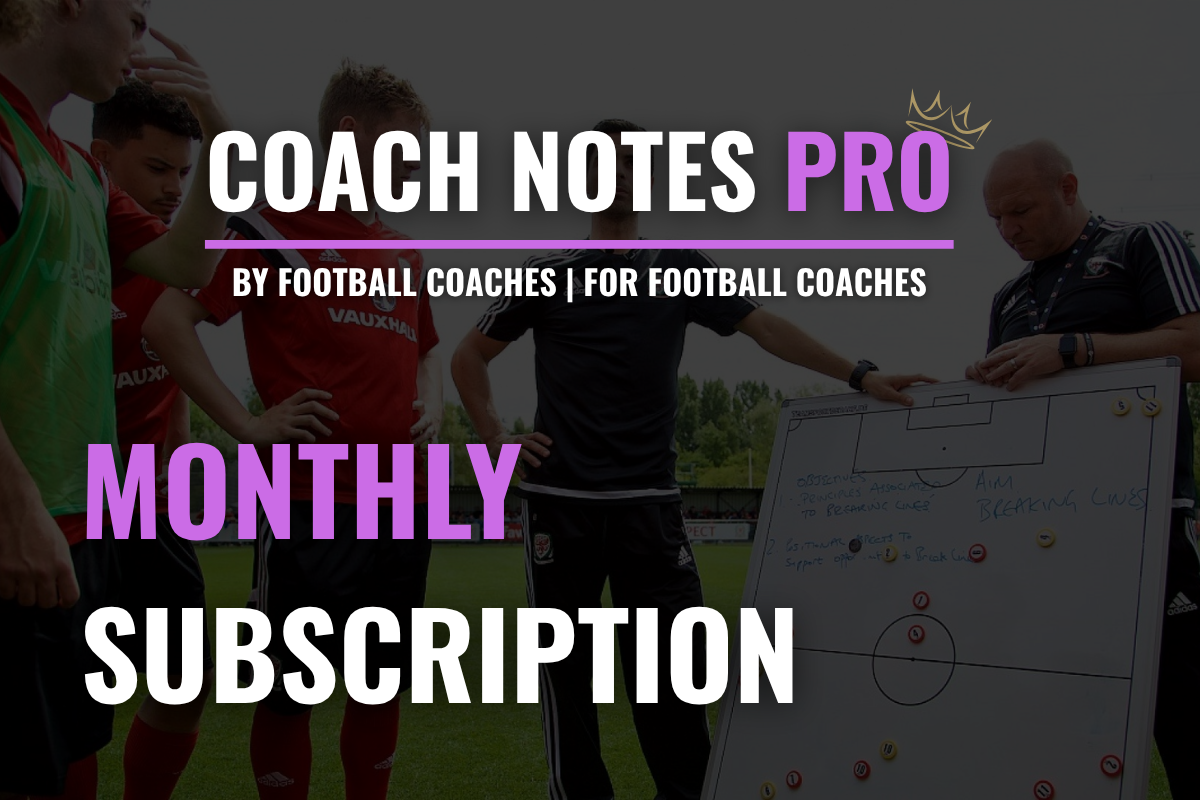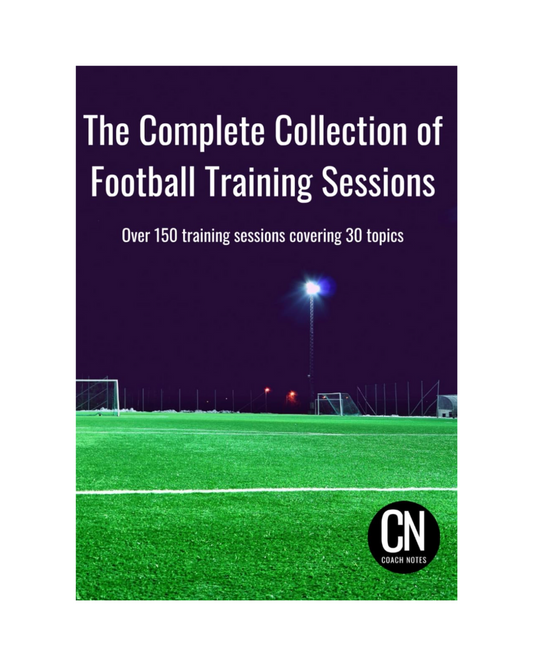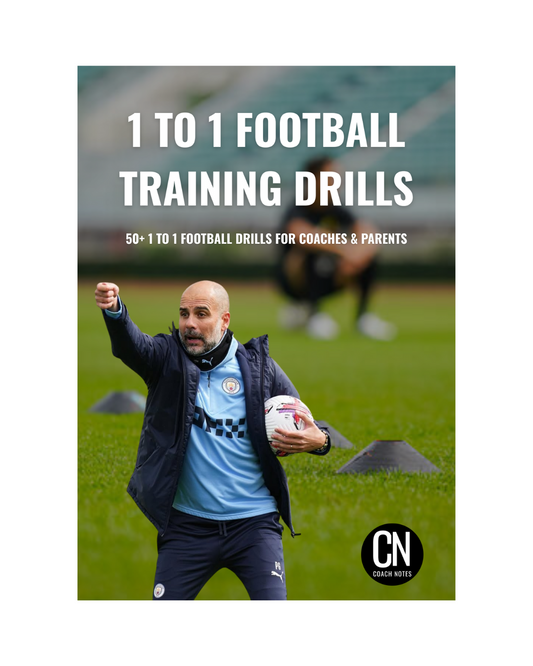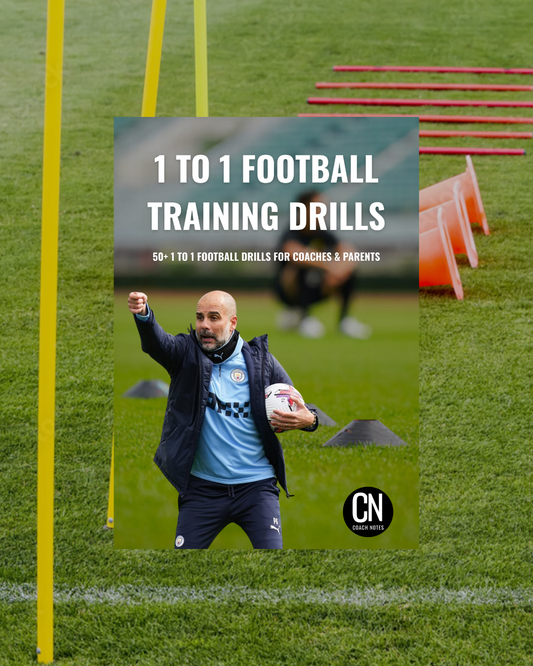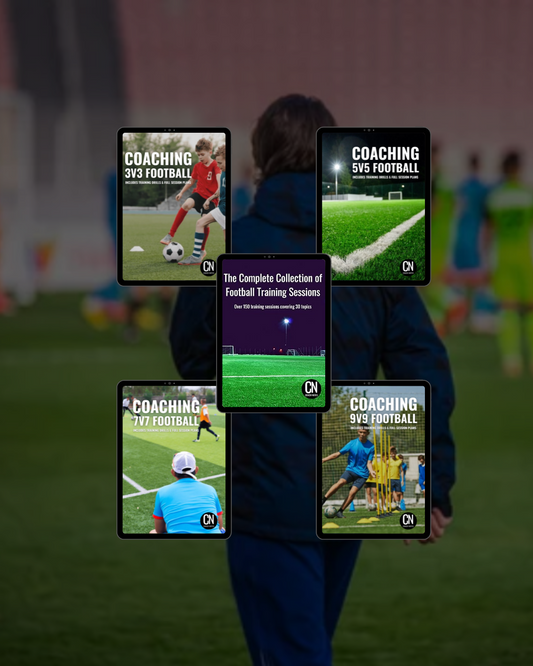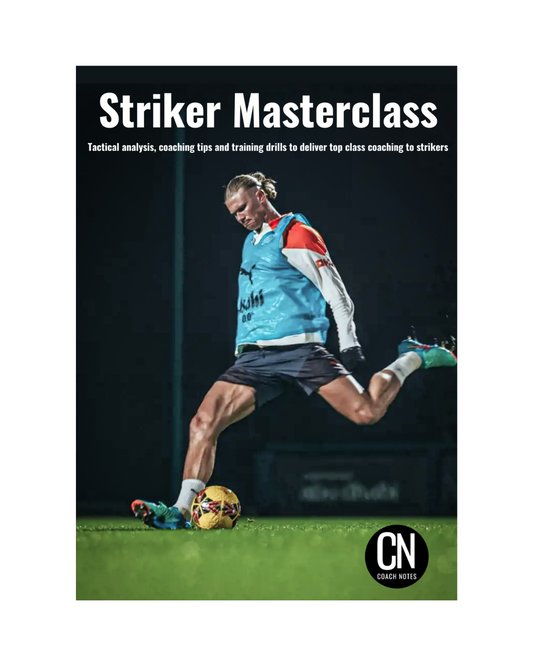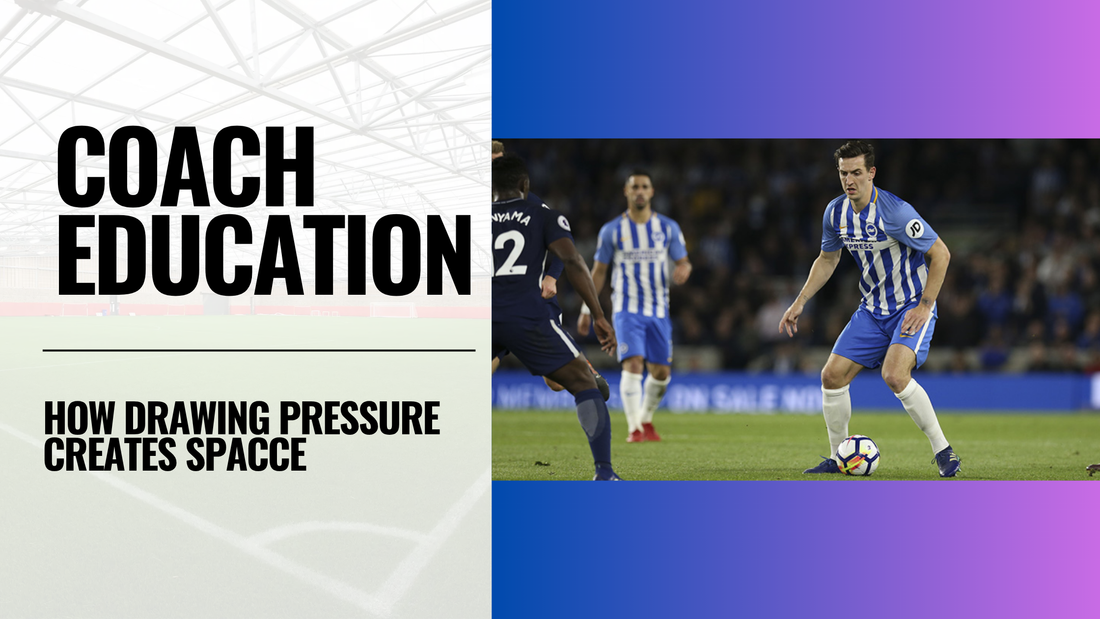
How Drawing Pressure Creates Space
Share
One of the most effective and often misunderstood tactical tools in football is drawing pressure to create space. For coaches, mastering this concept and knowing how to coach it can unlock more control in possession, improve your team's ability to break lines, and open up attacking opportunities.
👉 Why Drawing Pressure Works
In the most basic terms, space is created when a defender leaves their position. If an opponent steps out to press the ball, they are vacating the space they were originally responsible for. This presents a momentary advantage a gap that your team can exploit. The higher up the pitch this happens, the more dangerous the space becomes.
It may seem counter-intuitive to allow opposition players to close you down, especially in your own half. But the key is that it’s done deliberately and with control. Top-level players often appear calm, even passive on the ball, not because they lack urgency, but because they’re baiting the press intentionally waiting for pressure to arrive before springing into action.
🔭 Recognising the Triggers
The goal is to attract opposition players towards the ball to create space elsewhere. Common scenarios where this happens include:
- Centre-backs or deep midfielders holding the ball to invite forward pressure.
- Goalkeepers involved in build-up who pause or delay passes to bait the press.
- Sideways or backwards passes to lull the opposition into stepping forward and leaving their structure.
The player in possession is drawing the press but the real benefit lies with teammates positioned to exploit the space vacated by the pressing player.
💨 Quick Execution is Key
Once pressure has been drawn, your players must act quickly. Time is critical because:
- The space created by the pressing player will only be open briefly.
- Additional opposition players may shift over to cover the exposed zone.
- If the ball carrier takes too long, they risk losing possession in a dangerous area.
The first or second pass after attracting pressure is often the line-breaking pass. Sometimes, though, the best route to exploit the space is not a direct forward ball but a recycled pass a short backwards or sideways pass to a teammate with a better angle or more time to play forward. What matters most is that the action is performed quickly and decisively.
👥 The Role of Off-the-Ball Players
Drawing pressure only works if teammates are tuned in and actively helping create and exploit space. This requires:
- Smart positioning: Moving into areas where space will open up, not where the ball currently is.
- Adjusting angles: Ensuring the ball carrier has passing options that stretch the opposition.
- Timing: Starting movements or adjusting positions just as the press is being triggered.
Teaching players to understand why they are moving, not just where, is crucial. This helps develop autonomous players who recognise pressing cues and anticipate space being created.
⚽️ Training Ideas to Coach This Concept
Here are a few ways to embed the principle of drawing pressure to create space in training:
-
Small-Sided Games with Constraints
Create zones where defenders must press after a set number of passes. Coach your players to recognise when the press is coming and how to release the ball effectively. -
Rondo Variations
Use 5v2 or 6v3 rondos and challenge players to hold onto the ball to bait the press, before playing out to an edge player who can exploit the space. Focus on scanning, timing, and movement. -
Positional Play (Rondos + Width)
Set up games that mimic build-up scenarios. Encourage centre-backs or pivot players to wait until an opponent presses before releasing the ball to free players in half-spaces or wide zones. -
Phase of Play Drills
Use drills that replicate your build-up structure and focus on drawing opposition lines forward. Coach the ‘second action’ where and how to play once the press has been triggered.
✅ Coaching Tips
- Reinforce scanning: Players must check their surroundings before receiving the ball.
- Encourage bravery: Drawing pressure carries some risk – players must be confident and composed.
- Use video: Show clips where successful exploitation of space came from drawing pressure. Help players see the moments you’re talking about.
- Start simple: Begin in unopposed or semi-opposed situations to develop timing and technique before progressing to live opponents.
💭 Final Thoughts
Drawing pressure to create space is an advanced concept that relies on timing, trust, and technical ability. But when coached well, it can elevate your team’s possession play and give you a clear edge over opponents who press aggressively. It requires players who are not just technically capable, but tactically intelligent and that comes through consistent, deliberate coaching.
As a coach, look for ways to simulate these moments in training, gradually increase difficulty, and encourage your players to understand why they’re doing what they’re doing. Once they grasp the principle of manipulating opponents through pressure, you’ll start to see space appear in places where it didn’t before.

